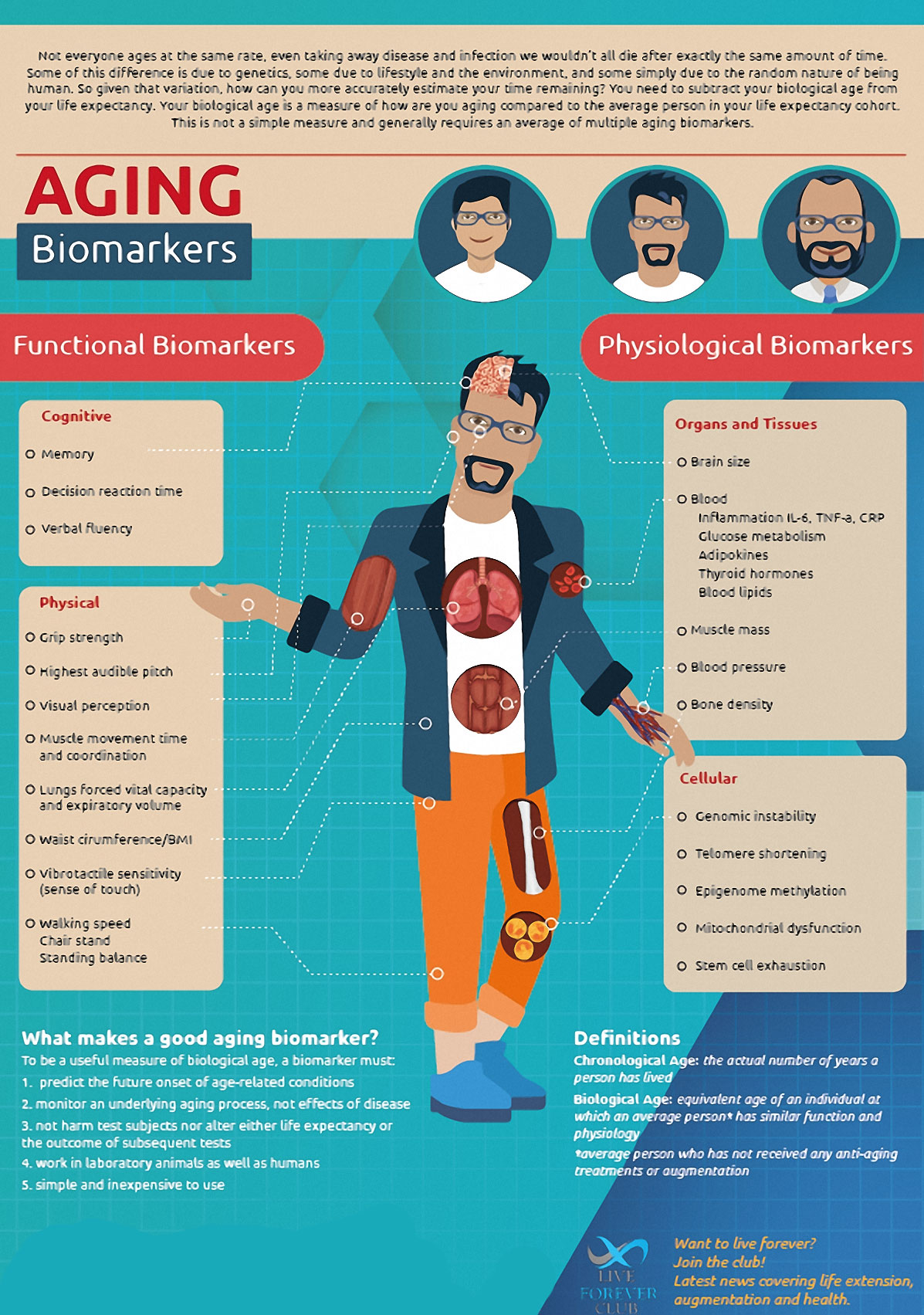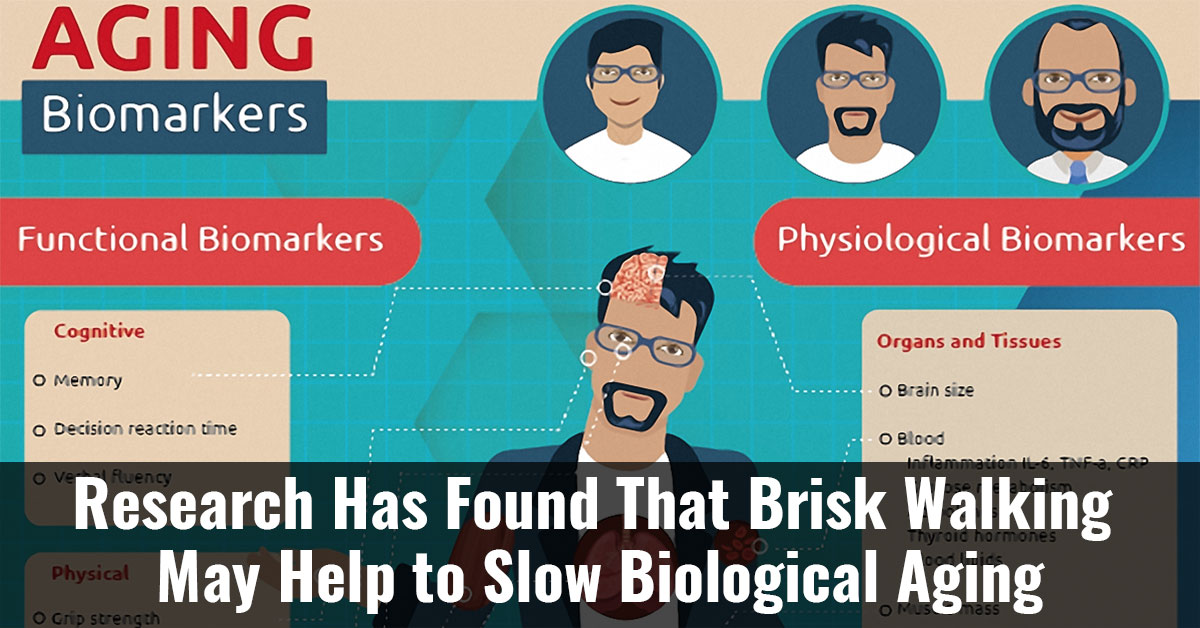The results of a genetic data analyisis from over 400,000 individuals have shown a clear link between walking pace and a genetic marker of biological age known as leucocyte telomere length.1✅ JOURNAL REFERENCE
DOI: 10.1038/s42003-022-03323-x
The researchers estimated that brisk walking over a lifetime could result in the equivalent of a younger biological age of 16 years by midlife.
They examined genetic data from 405,981 individuals and discovered that a faster walking pace, independent of physical activity duration, was linked to telomeres that were longer.
Telomeres are the ‘caps’ found at each chromosome end and contain non-coding DNA sequences that prevent damage to the chromosome, like the way a shoelace end cap prevents it from unraveling.
These telomeres become shorter every time a cell divides until they eventually become so short that the cell is longer able to divide, which is called replicative senescence. Researchers therefore consider leucocyte telomere length a strong ‘biological age’ marker, independent from when a person was born.
Even though the telomere length and disease association isn’t completely understood, these senescent cells building up are thought to contribute to an array of symptoms associated with aging like age-related diseases and frailty.
Although the social, mental, and physical health benefits of walking have been extensively researched and proven, this study compared genetic data with walking speeds as well as actual movement intensity measurements taken from activity tracking devices that the participants wore.
According to the researchers, prior research on the relationship between telomere length, physical activity, and walking pace has been limited by a lack of high-quality data and inconsistent findings.
This study makes use of genetic data for providing stronger evidence for a causal link between longer telomere length and faster walking pace. Wrist-worn activity tracking device data that was used for measuring habitual physical activity also provided accuracy of habitual activity intensity in relation to telomere length.

Image Source – liveforever



